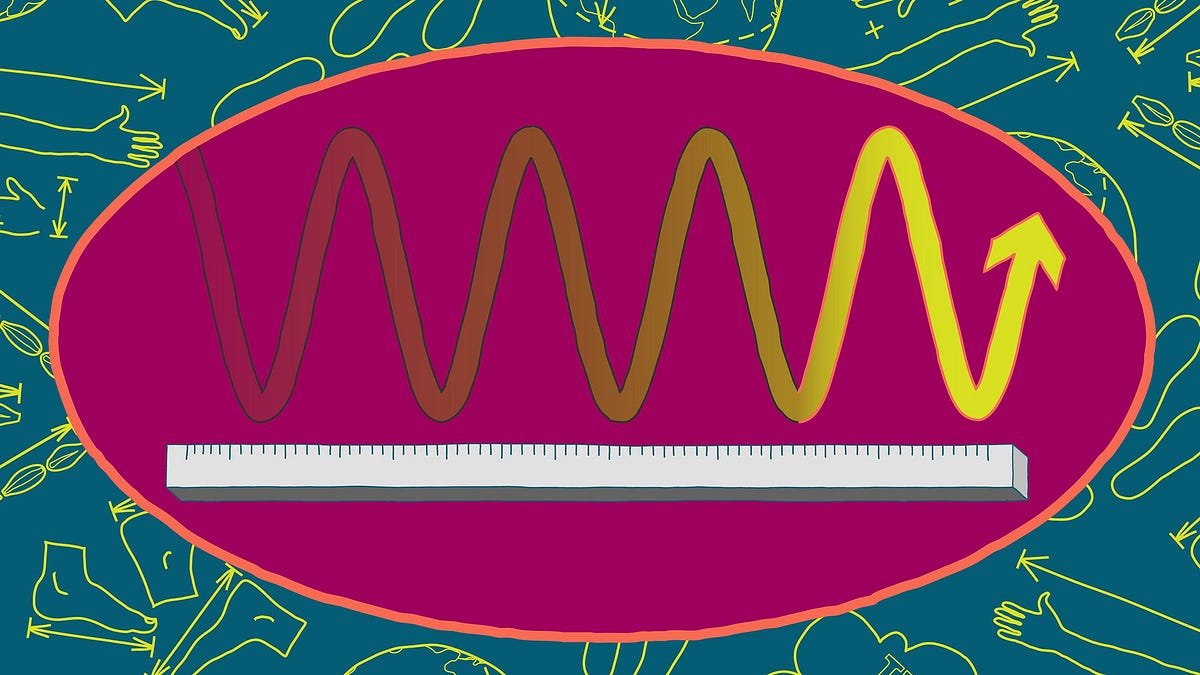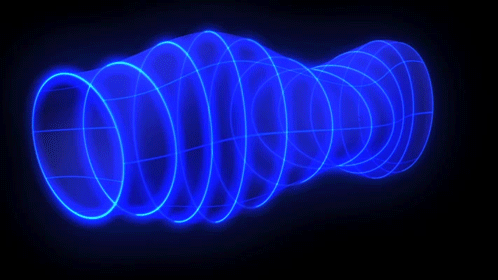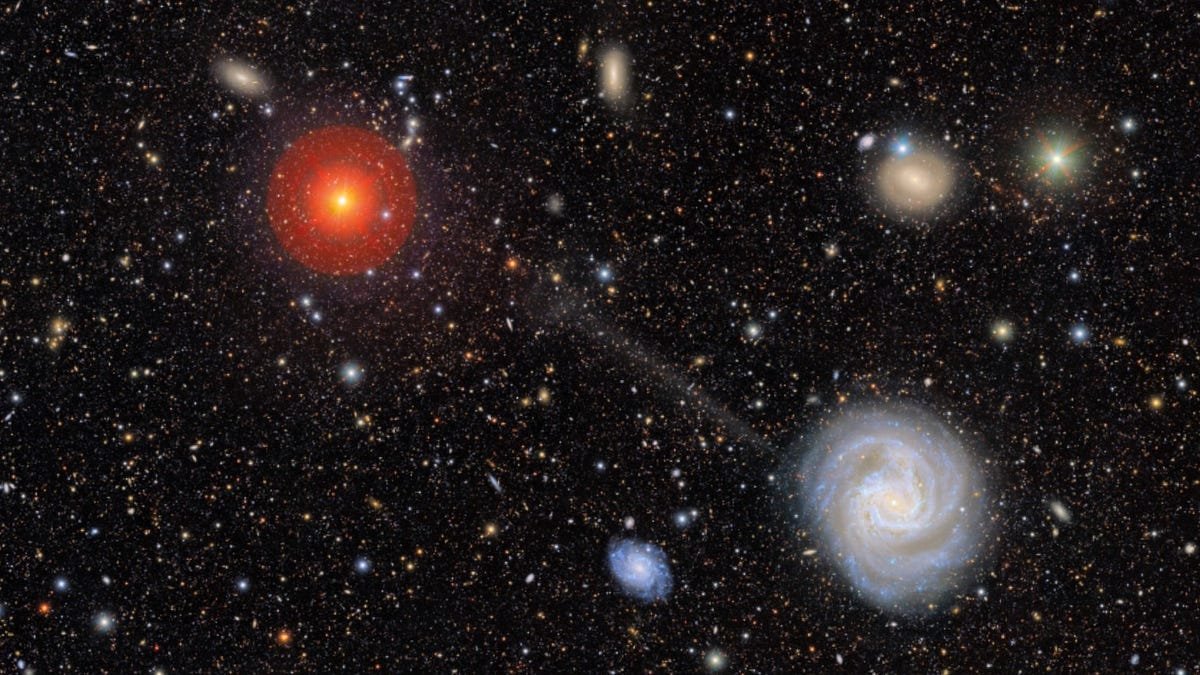
New theory: could early, supermassive stars explain the Universe? | by Ethan Siegel | Starts With A Bang! | Sep, 2025
With several seemingly incompatible observations, cosmology faces many puzzles. Could early, supermassive stars be the unified solution?
In most scientific fields, one of the most exciting things we can encounter is data — high-quality, robust data — that doesn’t align neatly with the expectations of our currently leading theories. Since the late 1990s, our leading theory of the Universe has been known as either the “ΛCDM” or “concordance” cosmology, where our Universe:
- began with a period of cosmic inflation that preceded and set up the hot Big Bang,
- then the hot Big Bang occurred, creating a dense, hot, mostly uniform Universe,
- containing normal matter and radiation, but dominated by dark matter and dark energy,
- which gravitated, expanded, and cooled,
- forming the light elements, neutral atoms, stars, galaxies, and black holes,
- and giving rise to the Universe as we observe it today.
Today, that concordance picture looks like a Universe presently expanding at a rate of ~70 km/s/Mpc, made of around 70% dark energy as a cosmological constant and 25% dark matter as…




